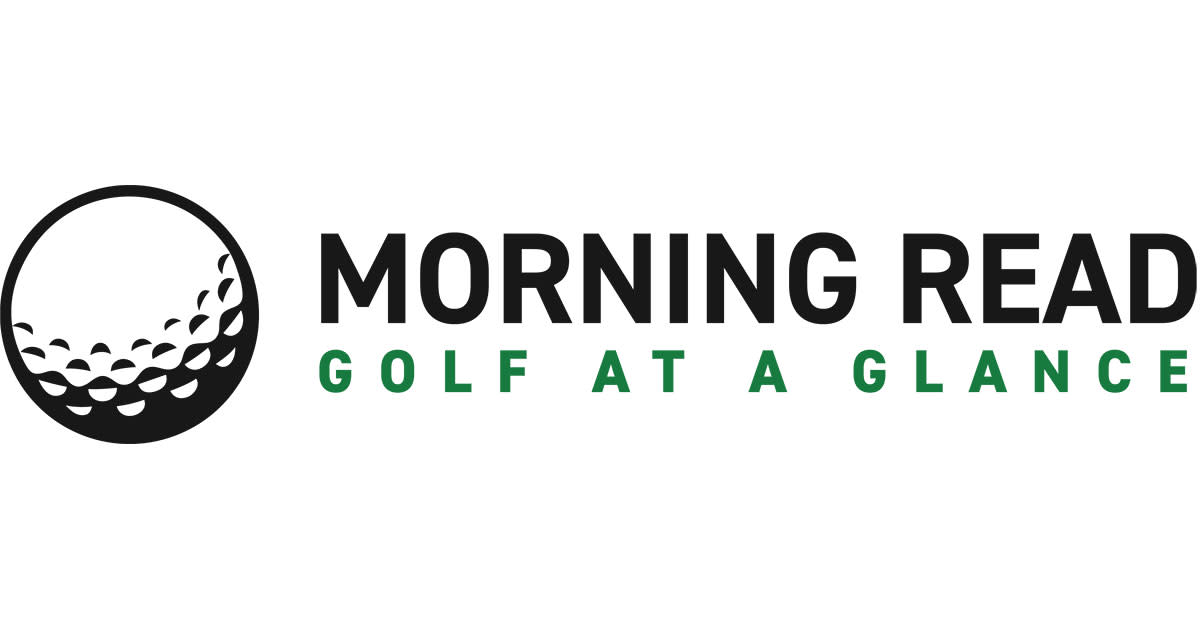
Bad golf amplifies slow play, and you’re likely at fault
PONTE VEDRA BEACH, Fla. – Slow play: Everyone talks about it, but nobody does anything about it.
Why not? Because the truth hurts: The biggest cause of slow play in recreational golf (that’s you and me in the hack-worthy real world, not the PGA Tour) is bad play.
There are dozens of reasons why everyday golfers play too slowly and most, but not all, are connected to being not very skilled at golf.
Sure, I know plenty of high-handicappers who speed around the course, just like I know plenty of scratch golfers who … take … all … day.
The topic of slow play came up again earlier this month when golf’s governing bodies said they were considering a ban on books used to read greens, in part to speed up play in competition. “Considering a ban” is USGA-speak for, We’re going to ban them.
Slow play in pro golf is a different topic, and we’ve been over that familiar ground before. Speeding up the pros would make for better TV, but the tours have done a poor job of doing that. Hey, if they don’t want us to watch, that’s their problem.
The pace of rec golf, however, is real, and it affects us. Five things determine the pace of play for our golf:
1) Length of the rough: The deeper the rough, the longer time that amateurs spend looking for golf balls. At $3 apiece, those orbs might as well be solid gold to some golfers.
2) Speed of the greens: The faster the greens, the more amateurs face second and third putts that aren’t gimmes. More putts = longer playing time.
3) Hole locations: The more difficult the pin placements, the more putts needed by amateurs. Again, more putts = longer playing time.
4) Player skill level: It’s unlikely that a player taking 103 strokes can play as quickly as a player needing 73. The average male golfer with a handicap carries a 16, which means he’s shooting about 90 on his best day. The average female with a handicap carries a 29, which means she’s shooting 100-plus on her best day. Fewer than half of recreational golfers break 90, and only one in 20 breaks 80. Most of us, sadly, are not very good at golf.
5) A blockade: You can play only as fast as the slowest group in front of you. All it takes is one foursome of turtles to back up the rest of the course and ruin the day for everyone.
Golf isn’t unique among sports that are popular even among unskilled participants. In tennis, being bad simply leads to points being won quicker. In bowling, you’re limited to two shots per frame no matter what. Imagine if bowling were like golf (keep playing until you hole out) and you had to keep rolling balls until you knocked all 10 pins down. Some games, not including the beer frames, might be left unfinished.
Golf has a Big Three of problems: It is too difficult (with too many participants who are not very athletic), it’s too expensive and it takes too long.
We could debate the many specific causes of slow play. Looking for lost golf balls is the No. 1 slowdown, in my opinion, and that goes back to bad play and too-deep rough. Gabbing on the tee when the fairway is open or not being ready to hit when it’s your turn, is another. Bunkers and water hazards slow play, too. Hey, Mr. Genius Course Architect: Every bunker that you add causes some chop to take three swipes and three more minutes raking his way out.
Create better golfers, though, and those hurdles become less of an issue.
So how do you help the remaining 24 million avid golfers (down 20 percent from a high of 30 million) get better at golf?
There’s no easy answer. That’s why nobody wants to talk about the real cause of slow play: bad play.
Gary Van Sickle has covered golf since 1980 for Sports Illustrated and Golf.com, Golf World and The Milwaukee Journal. Email:gvansick@aol.com; Twitter: @GaryVanSickle